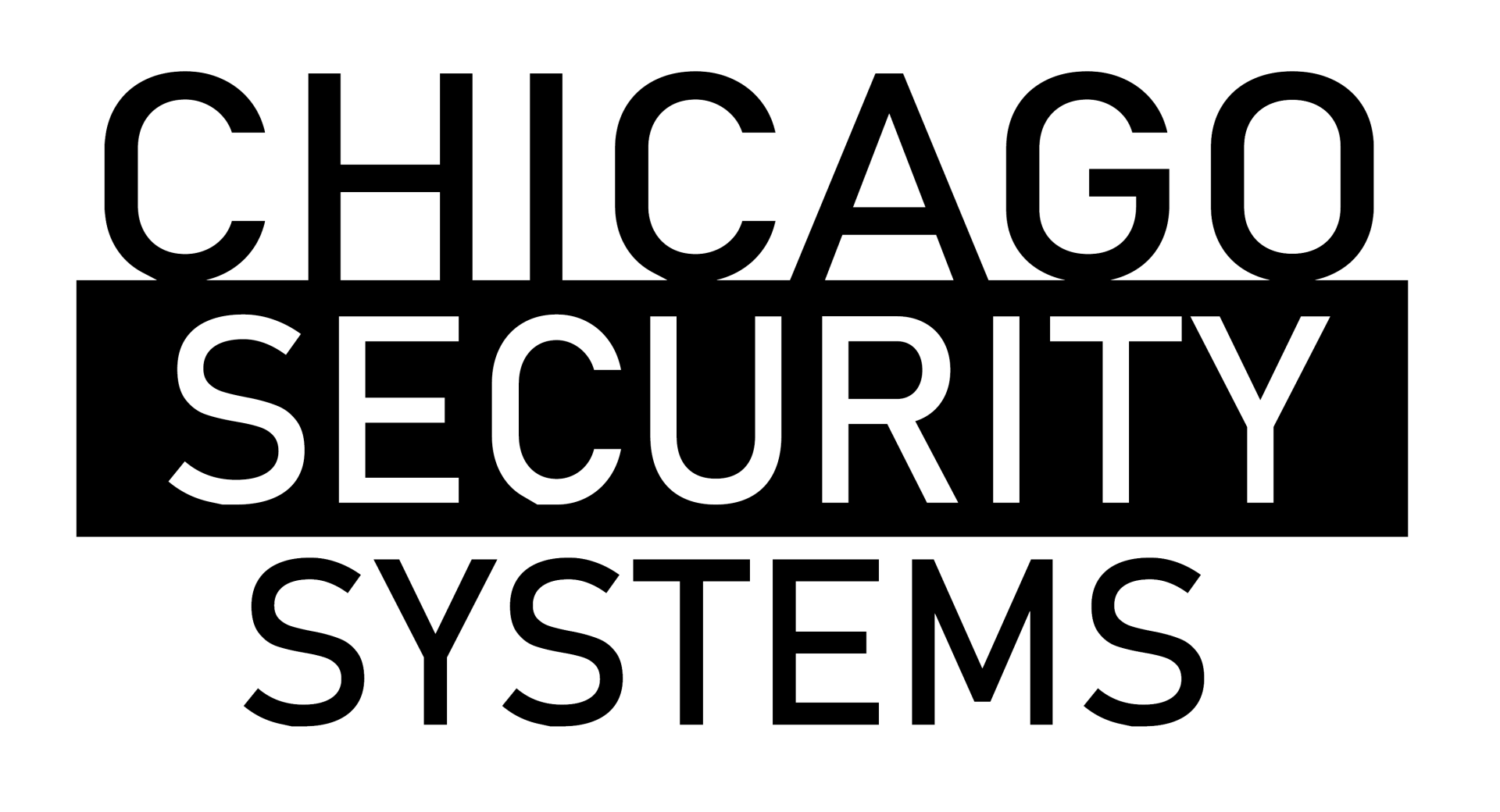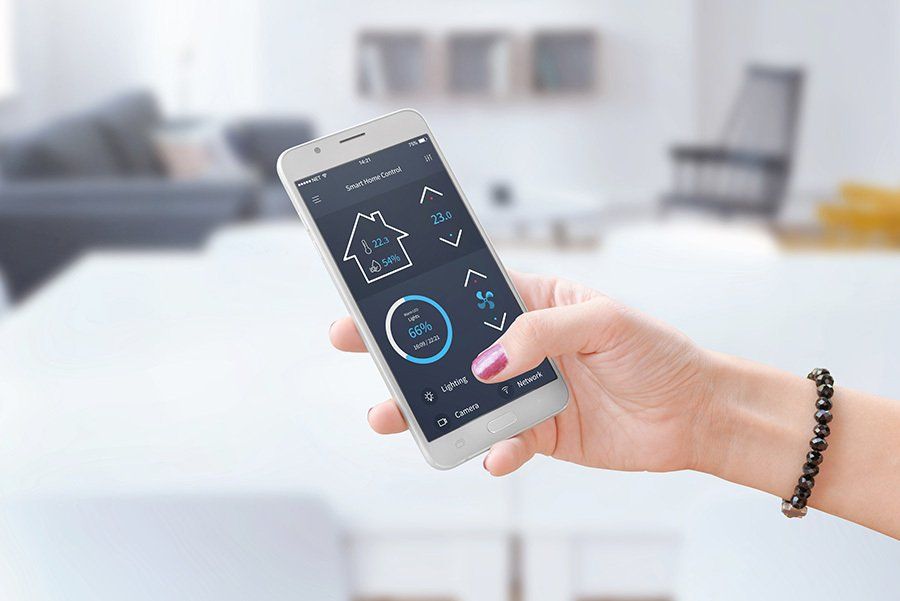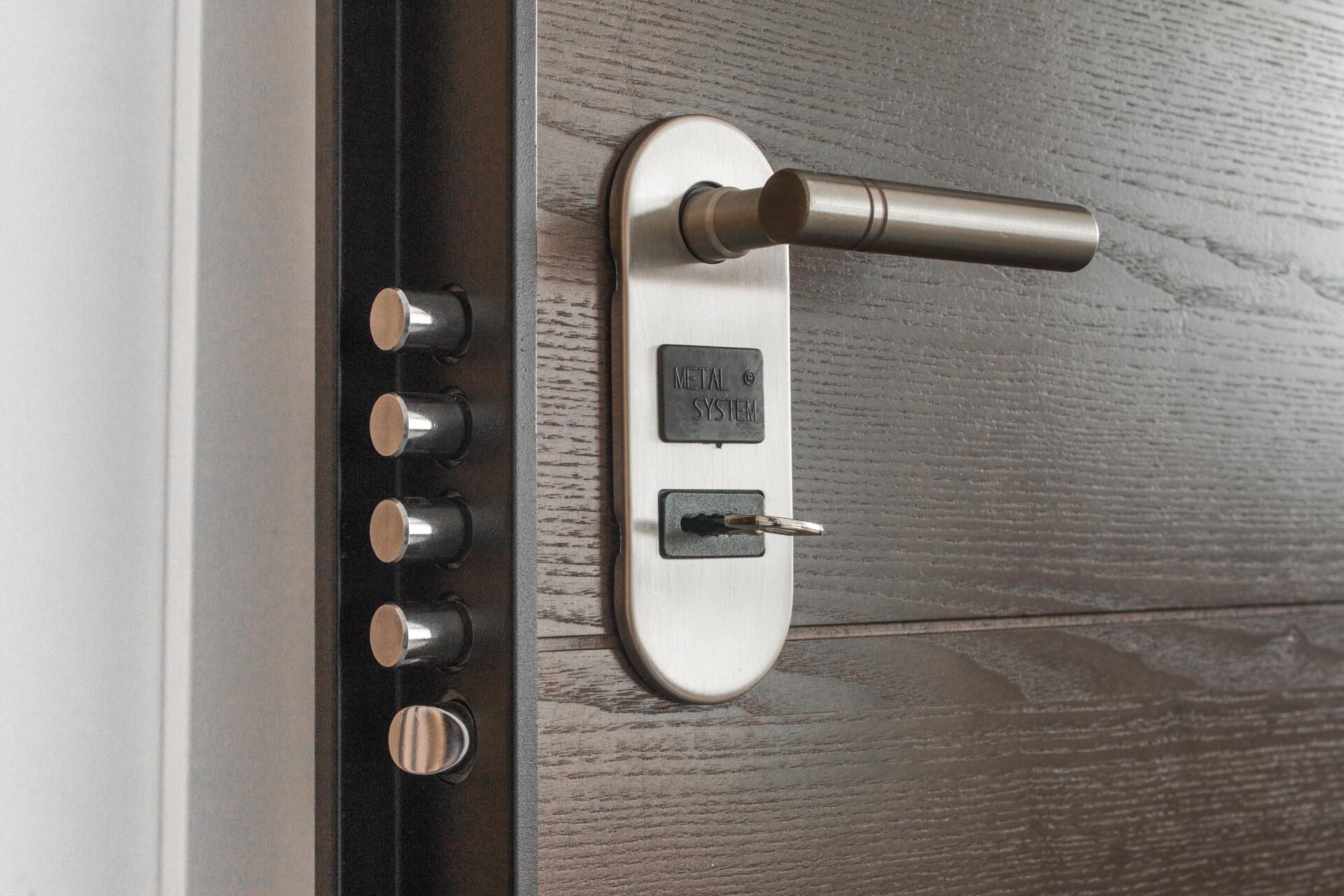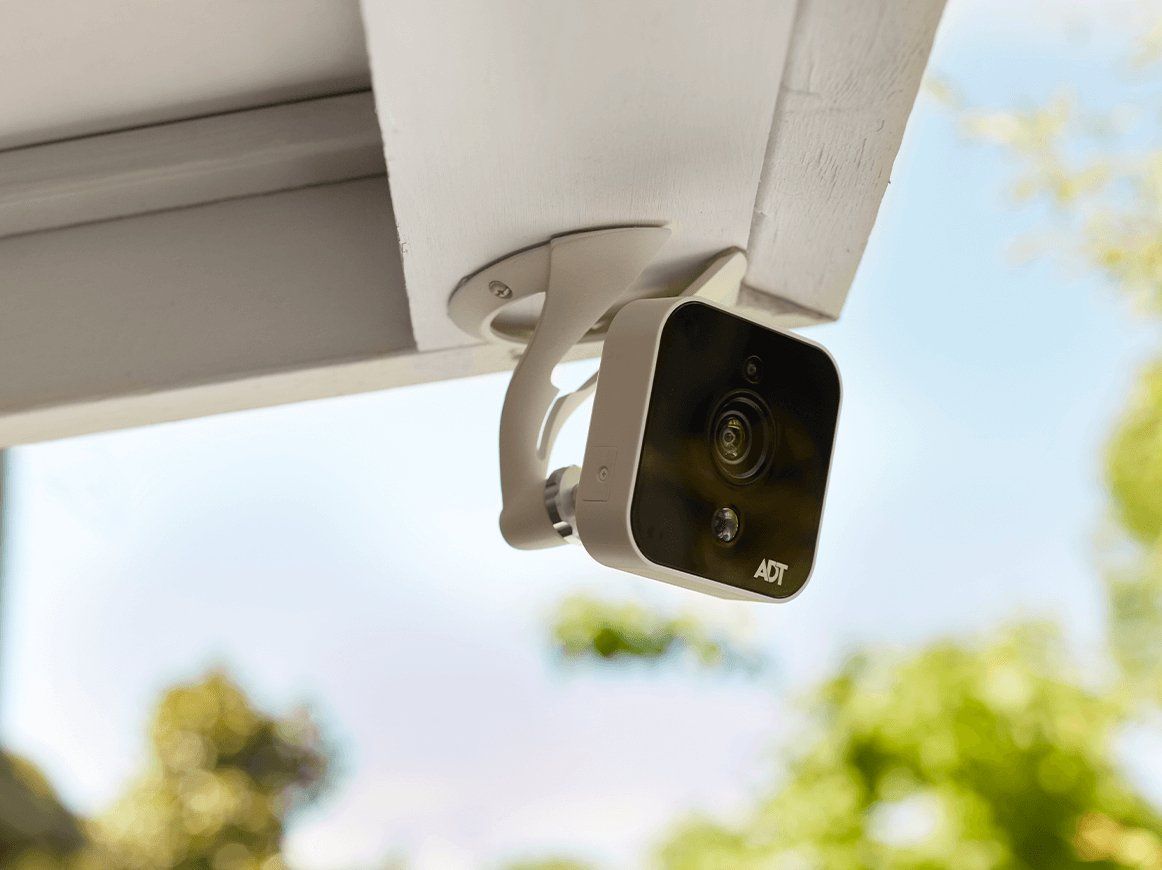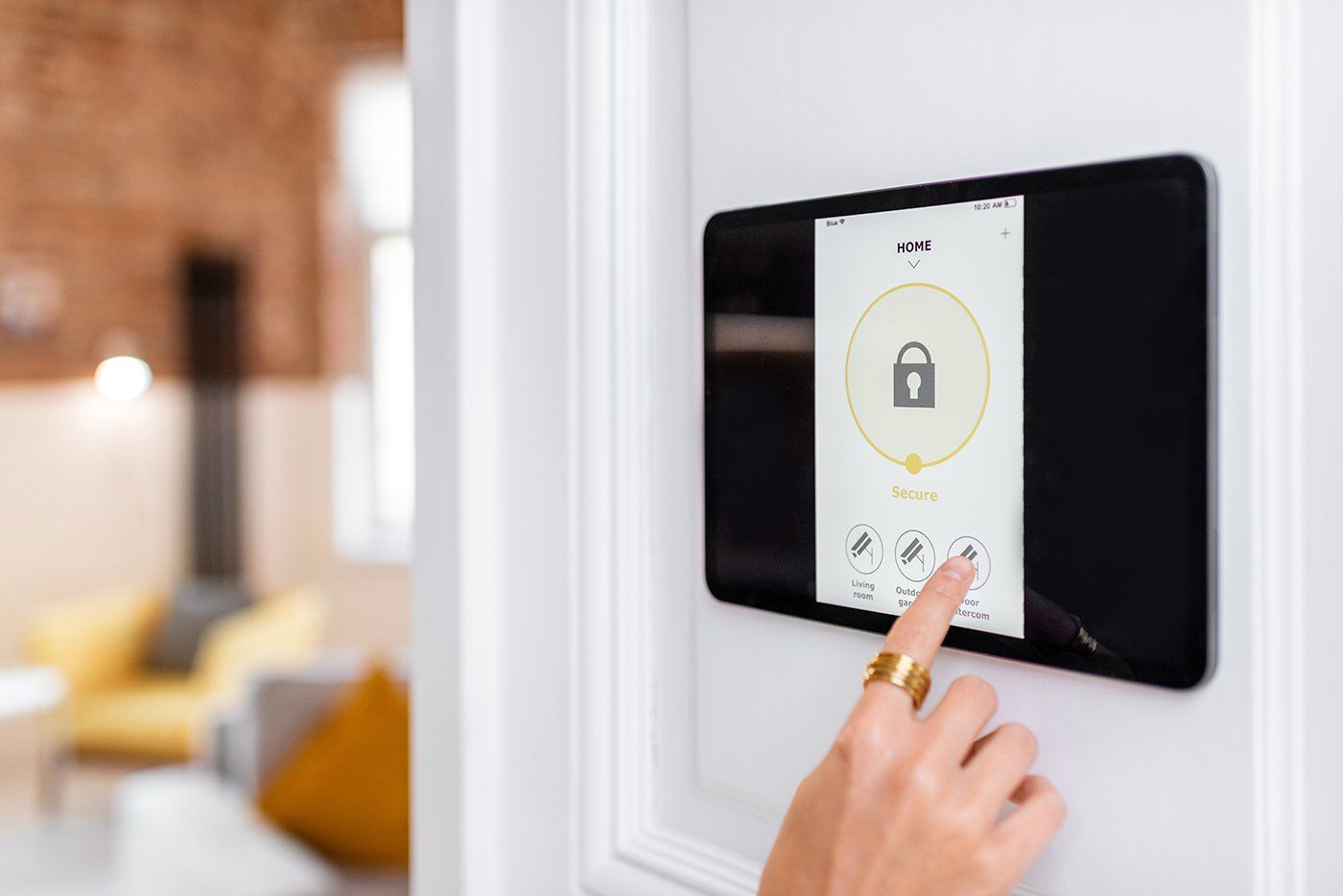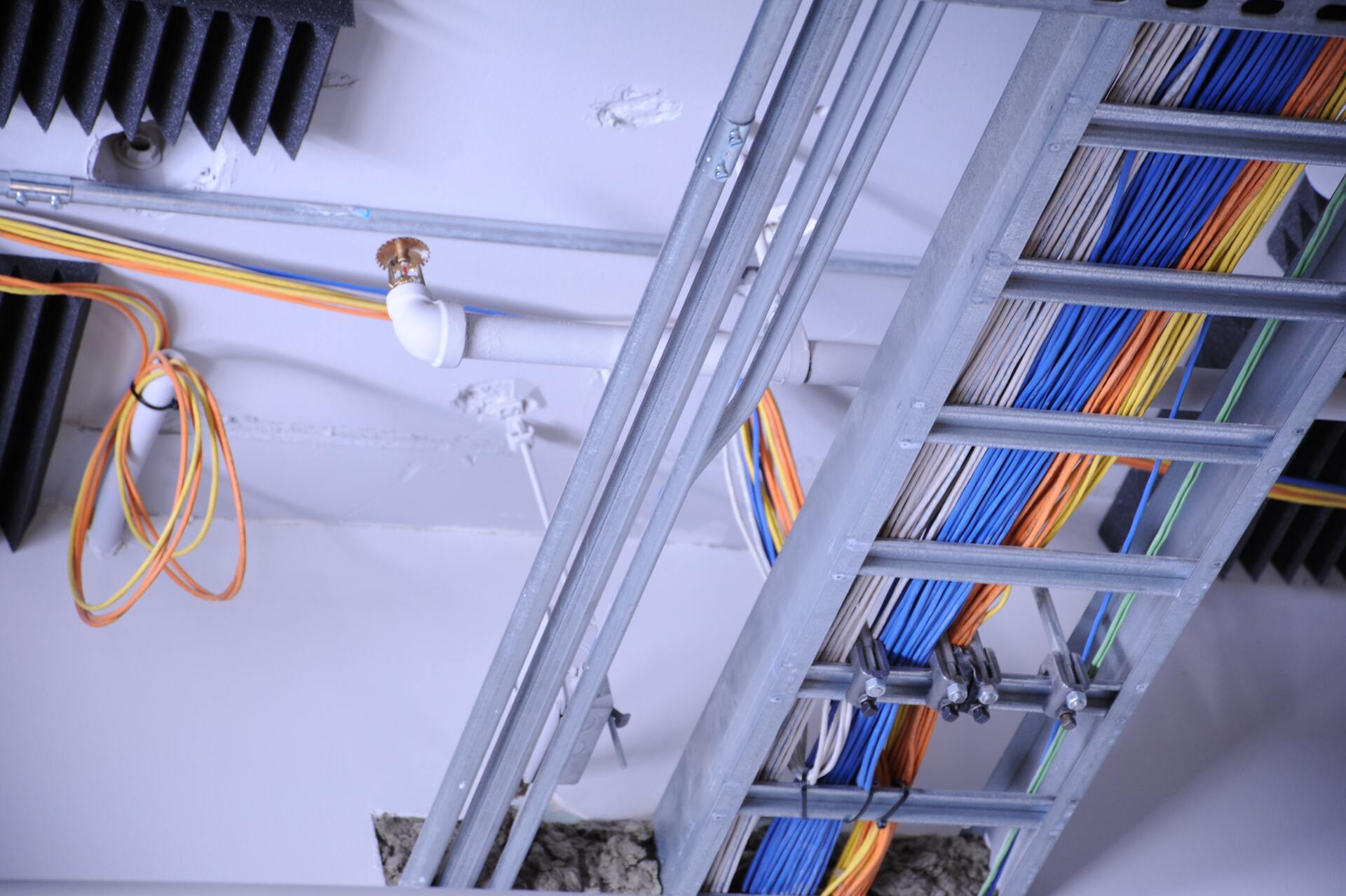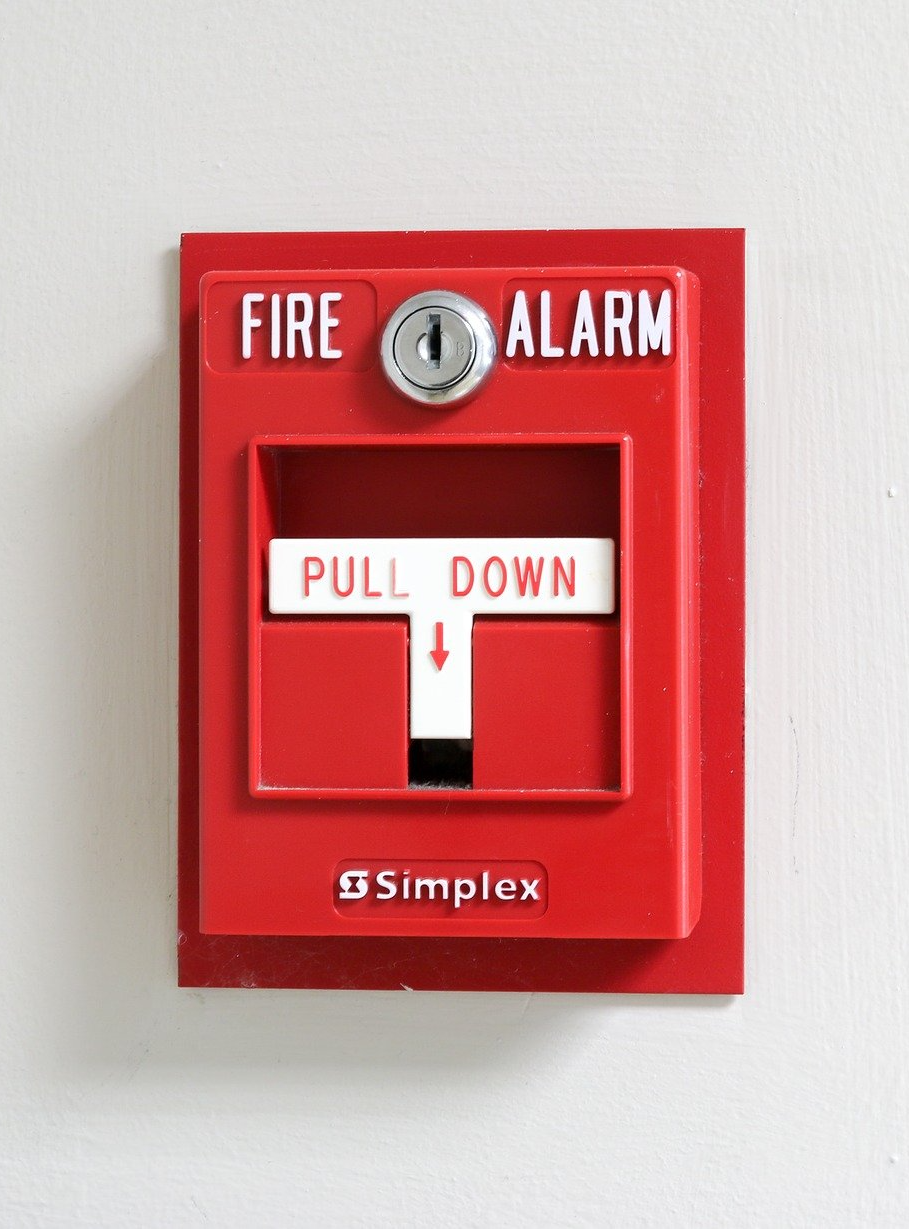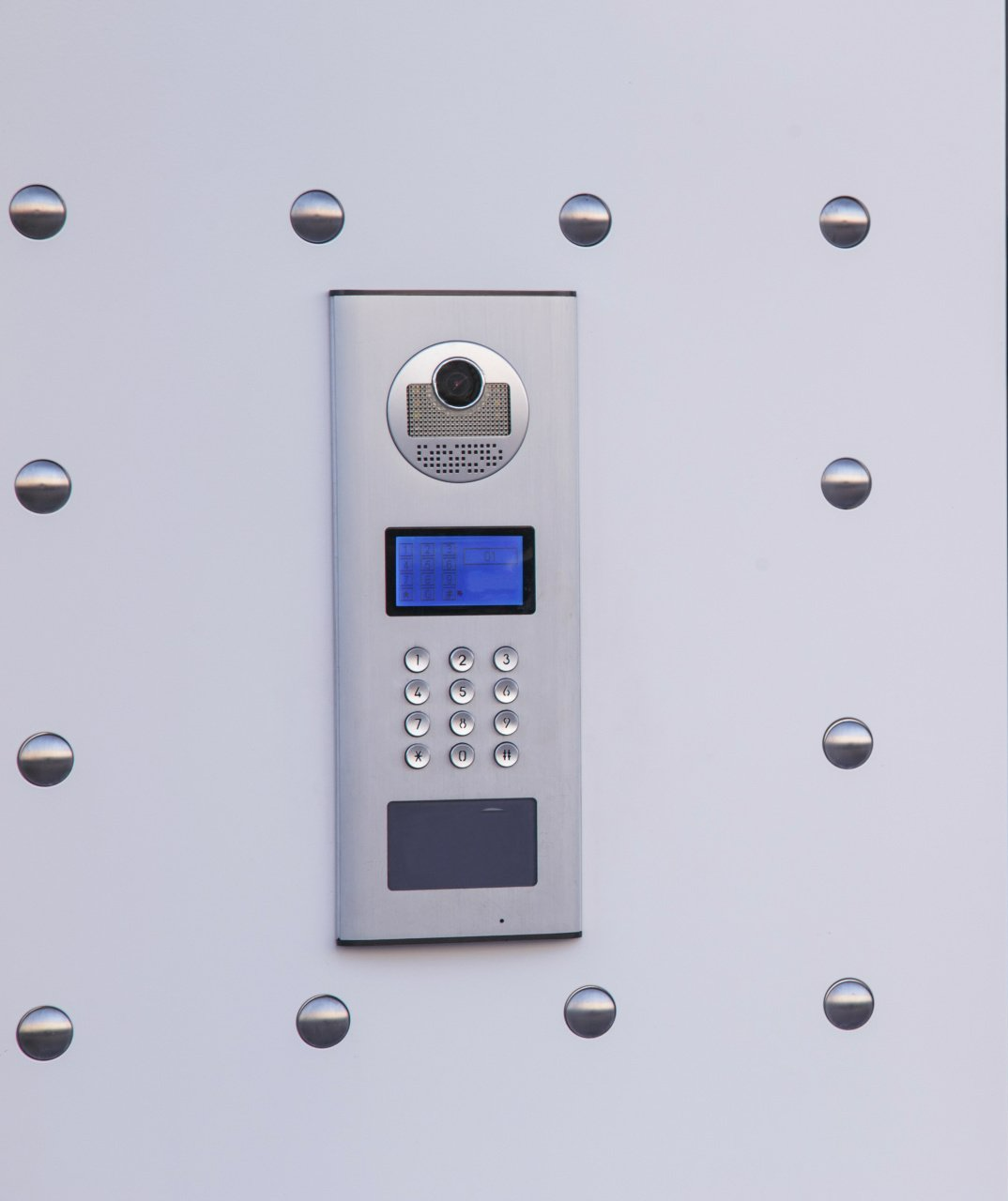Smart Home Automation
Smart Home Devices
What is a Smart Home Automation Systems?
You may or may not be familiar with the term "Smart Home." Well if you aren't, it basically means an interconnected IOT home. IOT stands for Internet of Things, which is any thing, or device, that is connected to the internet. Most security systems today are connected via wireless protocols such as Z-Wave or Bluetooth.
In the past, these devices were connected via physical wiring, which may still be the case in some instances today where wireless is not the best option. But for homes, wireless is reigns supreme due to the ease of installation and ability to install complex systems without ugly wiring draped throughout a home.
The Smart Home consists of a variety of key components, which is not necessarily associated to "security." In the past, home automation companies would install these types of systems as they were complex, and went along with Audio Visual (AV) type systems in larger homes. Now, most all security companies offer some form of smart home automation in Chicago and surrounding areas.
Home automation or "Smart Home" encompasses the following:
- Garage door control
- Interior / Exterior door control
- HVAC / temperature control
- Lighting control
- Temperature sensors
- Audio visual triggers
- and more...
Home automation used to be reserved for the wealthy, now you can have home automation for as little as $60/month! We have come a very long way in the arena of wireless technology and home automation as a whole, which enables average Americans to afford these luxuries at a fraction of the original cost.
Home Automation at Your Fingertips.
Home automation is almost a given in today's day in age. With the affordability of smart home systems, most homeowners are able to afford the low cost that these systems run for. In addition to a security system, a smart home automated system can help control and protect other aspects of your life. Not only can it help control and protect your life, but can also enable you to streamline various devices within your home. Integrating all these technologies together provides a single point of control of your lights, security, HVAC, and any other electrical or low voltage appliances throughout the home. It just depends how far you want to take it!
Smart home components are often wireless, but they still require a power source and additional device to be used as the physical control device. For instance a lamp module can be plugged into a wall, which communicates wirelessly to the panel in the house, while it also connects between various other devices in the room. The lamp plugs into this lamp control module as an extra device. Similarly for lightbulbs, a separate device must be plugged into the light socket, then the bulb plugged into that. Or sometimes you are able to purchase a "smart light" which already has both the module and bulb all in one.
Smart Home Automation
Without getting too technical, smart home technology operates off of various wireless protocols. There are a few main ones, and some proprietary protocols based on manufacturer. The important thing to understand is the security of those protocols, as well as the distance it covers. If you have a larger home, or distance between the devices, you may experience service interruptions with the inability to connect between the devices.
Wireless & Wired Protocols for Smart Home Devices
Infrared - technology that has been around for a long time.
Ethernet - physical connection via Cat5/Cat6 cabling
WiFi - common connection within a home or small business.
Bluetooth - common protocol for various devices within a small area.
Thread - proprietary protocol that is not dependent on WiFi.
Zigbee - proprietary protocol that operates in a mesh network - like a spider web between devices.
Z-Wave - open source mesh network that uses less overall energy but is slower than Zigbee.
KNX - wired protocol for the majority of home automation systems that has been around for decades.
Choosing Your Smart Home Devices
While choosing smart home devices, you'll need to decide on the key components that you want and also your "wish list". Keep in mind, the more automated you make your home, the more it will cost to convert those individual areas of your home to a digital world. For instance with lighting, you will need to add wireless modules per lightbulb. Same goes for outlets, you need one module per outlet, while still having multiple devices connected to that single outlet.
Set a Budget
Deciding on a smart home automation system can be fun, but can also get pricey if you don't set a budget. Converting an entire home involves a lot of various components to make the entire system function correctly, as you want it to. Deciding on the key areas of the home you wish to have control in, will help keep costs down while also planning for the future with your "wish list". You can always add on later!
Smart Home Systems
From door entry locks to wireless security cameras, smart home systems are a great way to automate your home, while also protecting your family and property.
